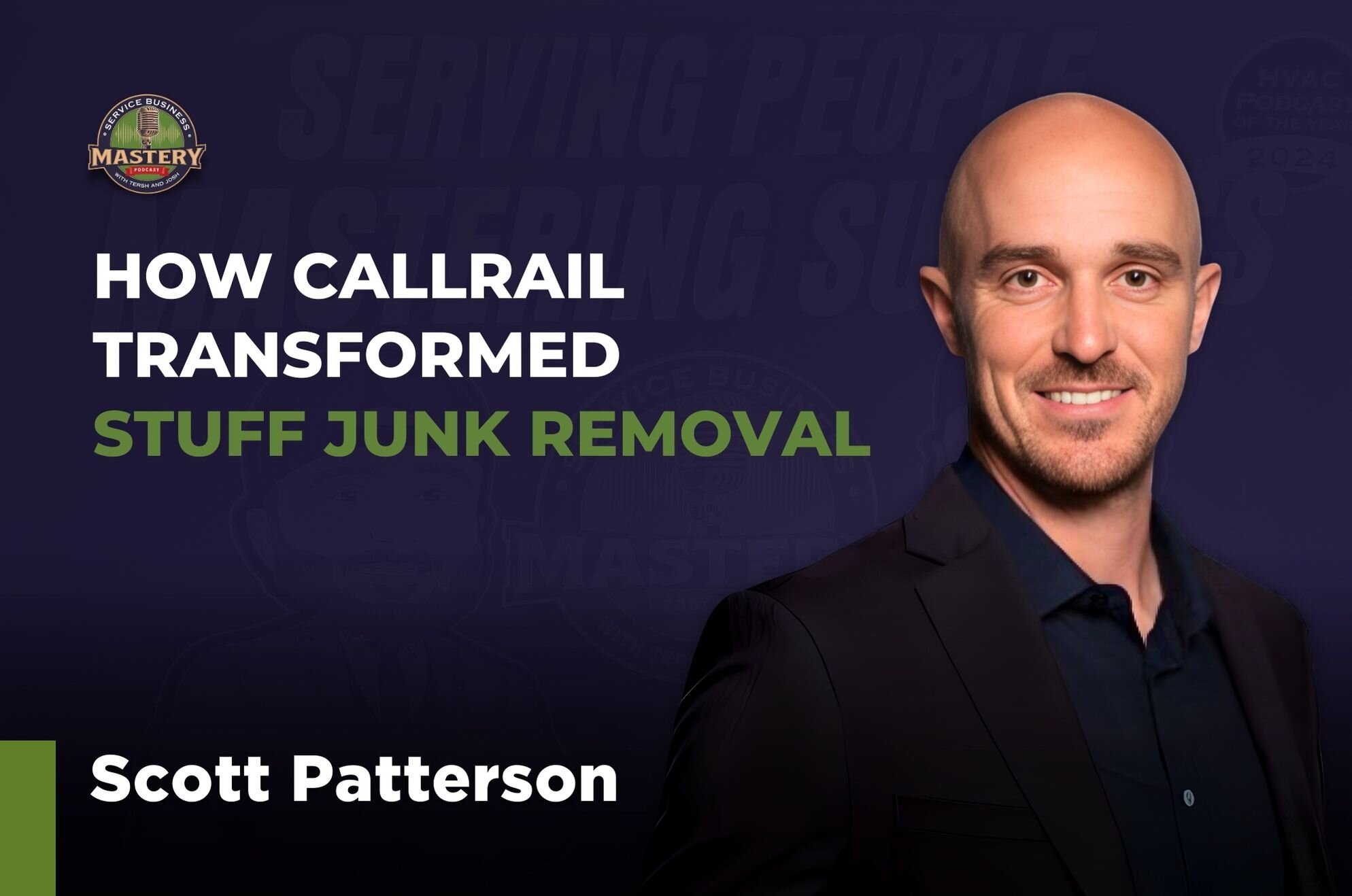Customer advocacy is a business development strategy that puts the customer experience front and center. A customer advocate identifies what customers want and need, then helps a firm to center those needs as it makes key brand decisions.
How customer advocacy works
Customer advocacy begins with a commitment to customer service and success. Customer success is a process through which your brand ensures that customers secure their desired results from your product or service.
Customer success is one-on-one and relationship-focused. A customer success representative serves as an intermediary between user and brand, helping the customer to achieve their goals and recognize the brand as an ally.
Customer advocacy fosters similar customer loyalty, but on a much larger scale. An advocacy program synchronizes customer feedback on a collective level and communicates that information back to decision-makers.
Centering customer empathy
A customer advocacy program only works if it has genuine customer empathy at its center. A company needs to center all of its operations, from product development to marketing, on an understanding of customer problems and the desire to solve them.
This may sound like a soft-skill kind of process. While it does require plenty of communication and people skills, customer empathy is very data-centric. It requires a brand to measure and analyze customer feedback, reviews, and customer success conversations to learn two things:
- What customers want a brand’s products or services to do and why that’s important.
- How often those concerns come up, and in what context.
One-on-one conversations with customers are the best way to get this kind of information. It doesn’t matter how those interactions take place — by phone, in-person, and via email are all useful — but you must have a way to document what you learn about customer needs.
That information then becomes the driving force for your customer advocacy work. It forms the basis for any suggestion that you bring to research and development professionals; for example, indicating that your customer retention might be improved if you included this feature or that service.
Customer advocacy vs. brand advocacy
Customer advocacy is not necessarily synonymous with brand advocacy. A brand advocacy program focuses on creating the kind of customer experience that compels people to recommend a company. Unlike true customer advocacy, brand advocacy strives for the company’s success as its ultimate goal.
That said, if you create a great customer experience, then you’re more likely to turn a new customer into a repeat buyer. Positive experiences not only improve customer retention, but build customer loyalty and create brand advocates. This is why you often hear people talk about customer advocacy and brand advocacy in the same breath. One naturally leads to the other.
Advocacy marketing
At the intersection of customer and brand advocacy is a practice called advocacy marketing — the strategy a company follows to communicate its commitment to customer service and the buyer experience.
By definition, advocacy marketing is a specific form of customer-centric marketing, also known as customer marketing. This form of marketing replaces the product with your customer as the main character in your brand story.
A customer marketing campaign speaks directly to a particular buyer persona. It acknowledges a particular problem or desire on a buyer’s part, and it paints a picture of how much easier or better your customer’s life will be once your product is a part of it.
Advocacy marketing also directly addresses a customer persona — specifically, the happy customer who’s excited about your brand and already wants to be a part of its story. It speaks to that specific moment in the customer journey and says, You’re the reason we do what we do, and we love that you love us.
The audiences for your advocacy marketing campaigns are already likely to promote your brand, so a campaign doesn’t need to explicitly encourage it. Instead, it recognizes customers who are already promoting you and makes it easier for them to do so.
Take Apple’s “Selfies on iPhone X” campaign, for example. This campaign used videos and billboards to share great photos that people took using the iPhone X’s portrait feature. It didn’t tell people to share their photos — people did that on their own.

Examples of customer advocacy
It can be hard to identify a good customer advocacy program because so much of it happens behind the scenes. When one does stand out, it's easy to see why.
Charles Schwab’s customer advocacy office
In the mid-2000s, financial services firm Charles Schwab created a customer advocacy team to put the customer back at the center of the firm’s operations.
Schwab’s customer advocacy office (CAO) took on the role of hearing and responding to customer needs. These included the kind of needs that are relevant across departments — pricing, policy, product, and so forth.
As the customer’s advocates, the CAO processed and analyzed customer feedback and communicated that feedback to the people authorized to do something about it. In the end, the office was able to implement numerous policy changes that helped Schwab better meet its account holders' needs.
VMware’s customer advocacy team
Tech company VMware has a dedicated, well-publicized customer advocacy team that collaborates with company leaders to effect large-scale change.
In 2018, the team helped integrate customers' requests for a more comprehensive version of the company’s virtualization platform. Team members worked closely with research and development pros to make sure the new version met customer needs.
VMware’s team continues to seek out and act on customer feedback. The team’s webpage offers detailed updates regarding what they’ve done to implement customer requests. You can check it out if you’d like — it’s a great example of customer advocacy marketing.
Carbon Black’s customer advocate community
Cloud-native Carbon Black took a unique approach to customer advocacy. Senior Manager of Product Marketing Kate Cohen reached out to customers who had been actively promoting the brand on social media in an effort to more effectively incorporate their needs within the firm's research and development process.
Carbon Black built the Cb Defenders community by drawing from these active promoters — a group of real users who brought the customer perspective to both R&D and marketing. Utilizing these customers as a resource, Carbon Black:
- Ran six design studies and integrated feedback into their product’s user interface.
- Brought customers in as participants during reference and analyst calls.
- Generated 50 new Gartner Peer Insights reviews.
Cohen served as the common thread linking the customer community to the Carbon Black team, but the customers served as their own advocates. This added an extra level of engagement and encouraged brand advocacy among the volunteers.
How to build customer advocacy
A great customer advocacy program gives a voice to your target audience within your company. To give that voice its proper space, you need to carve out a place for it.
Create a dedicated role, team, or department. Task this group with collecting and analyzing customer feedback. Help them connect with departments across your organization — R&D, marketing, sales, customer service, and more. Make sure decision-makers are hearing what these advocates have to say.
Hire a great advocacy manager. At CallRail, this role also encompasses employee advocacy, which is a great way for a company to focus its brand narrative on both the employee and customer communities.
Document and analyze customer feedback. Approach your customers and ask them what they think, whether one-on-one through your customer success department or via a focus group.
Share your advocacy efforts with customers. Consider following VMware's example and issue announcements when you’ve made a change that your customers inspired. Remember to keep these announcements centered on the customer.
For example, instead of asking people to “check out our new updates,” try something like, “Thank you for all of your requests for X function! You’ll see it in our new release on X/X/XX.”
Make it easy for people to demonstrate loyalty. You may not be able to put your customers on a billboard as Apple did, but you can still create opportunities for people to share their appreciation for your advocacy. You might:
- Create a hashtag and share it alongside the announcement of your latest customer-driven product development decision.
- Re-share customer social media mentions of your brand or product.
- Add customer photos or videos to your newsletters or email blasts.
Keep your finger on the pulse. Know what customers are saying about your products, and find out what they think about your customer advocacy efforts.
Improving customer experience with CallRail
CallRail can help you create an great customer experiences by keeping you connected to your customer base.
Easily access call recordings and transcriptions of your calls using advanced analytics and machine learning. With call tracking and Conversation Intelligence, you customer feedback at your fingertips. You can even search for particular phrases like _customer service _or biggest frustration, so it’s easy to gather all the data your advocacy team needs.












